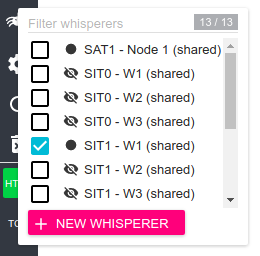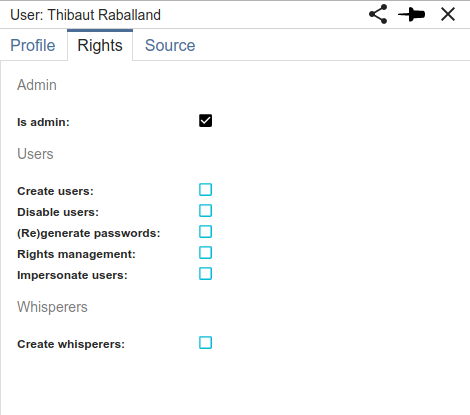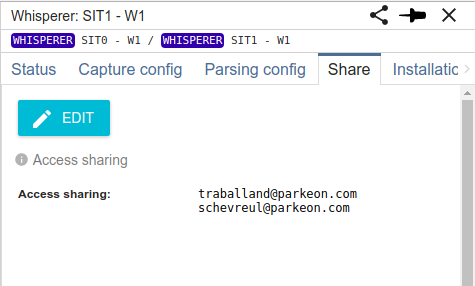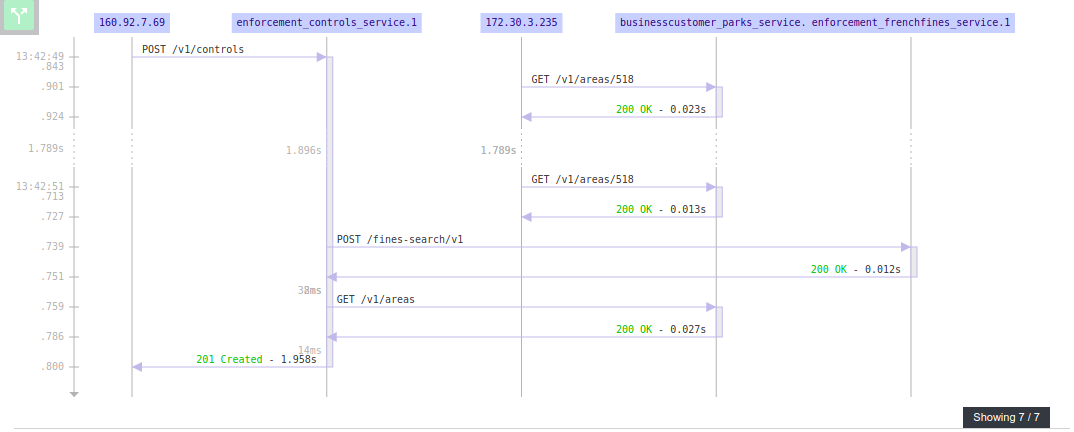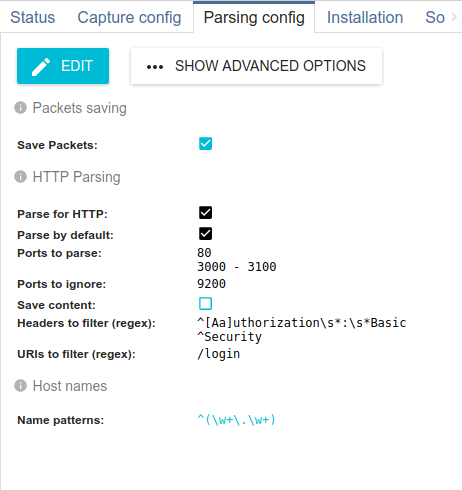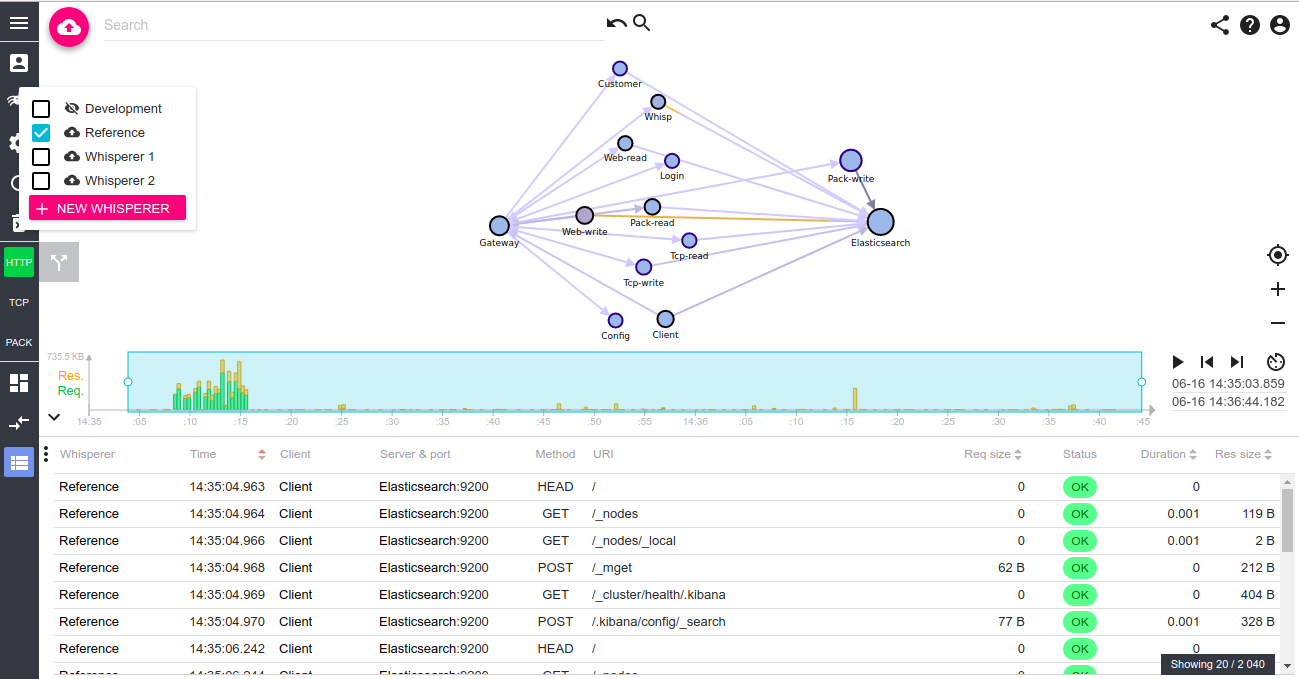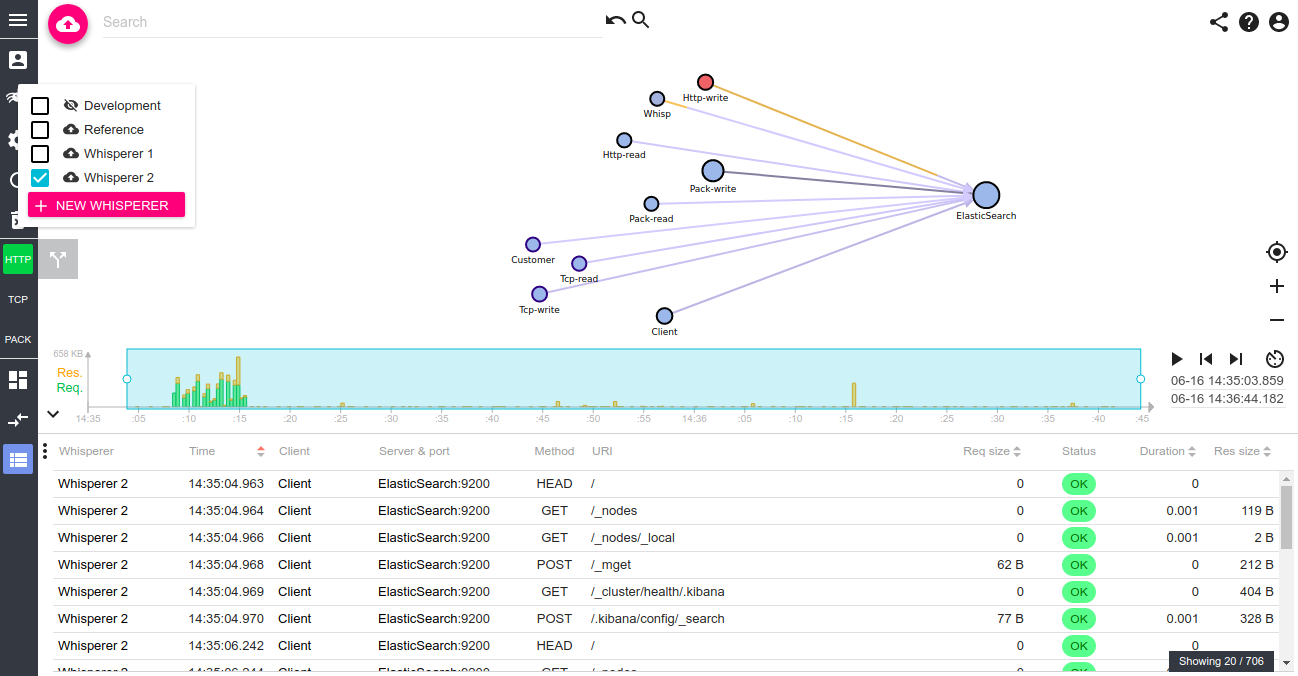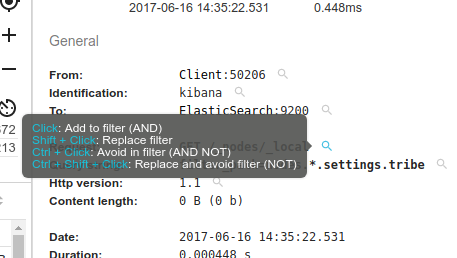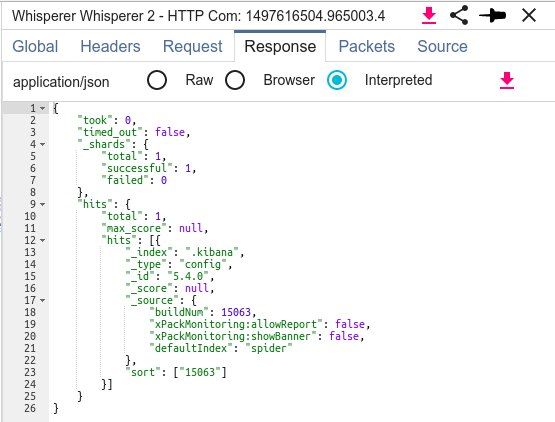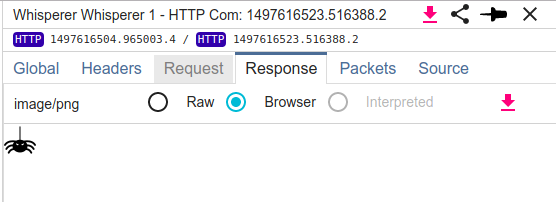Reset Time and zoom
On request from Alessandro (thanks! :) ), two new features have been added:
Time reset
As you can play an go in the future, in the past or lost in the middle of nowhen, I added a new button left of the timeline to reset time to the min/max of the current selected Whisperer(s).
I'm not satisfied with the color, i may change soon ;-)
Zoom reset
Using Spider with a touch trackpad can be difficult for zoom and pan on the map. A quick help has been to change the behavior of the 'Center map' button that now reset zoom level as well.
Time limit in the future
You may now go in the future (many asked for it). - This is useful not to have to change the selected time to get real time communications.
However, for sake of usage I limited the future to current end of day (local time).
